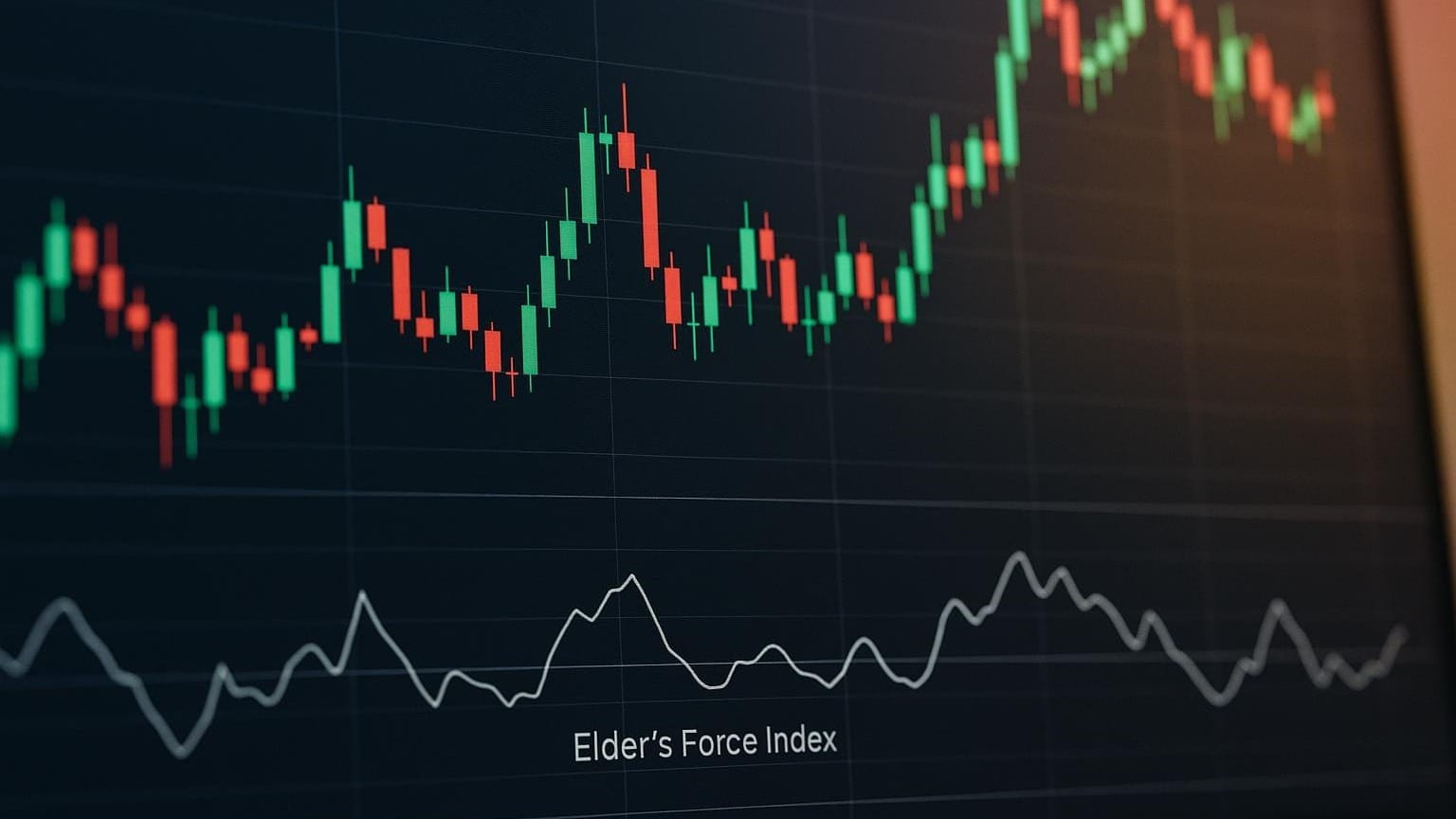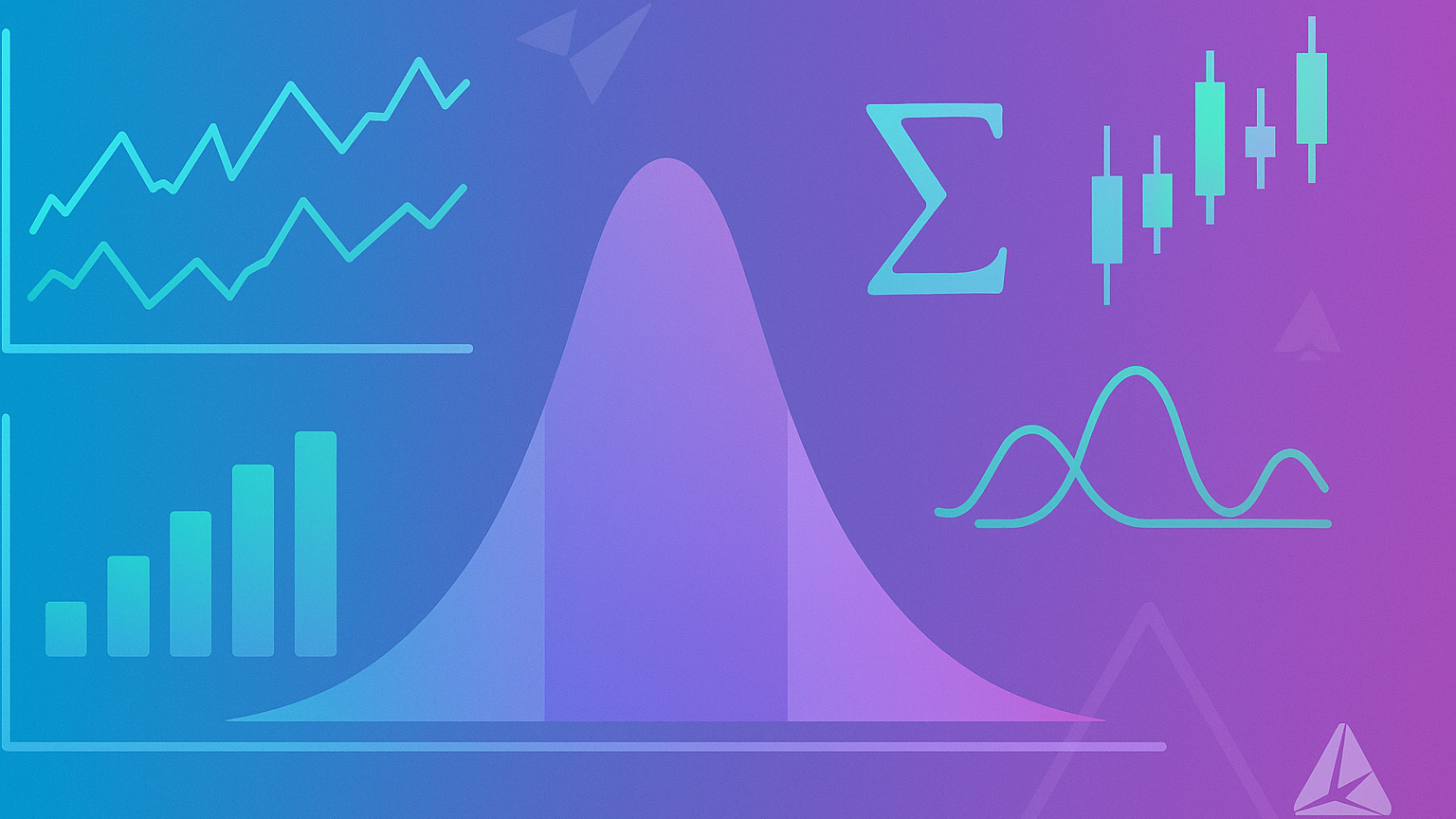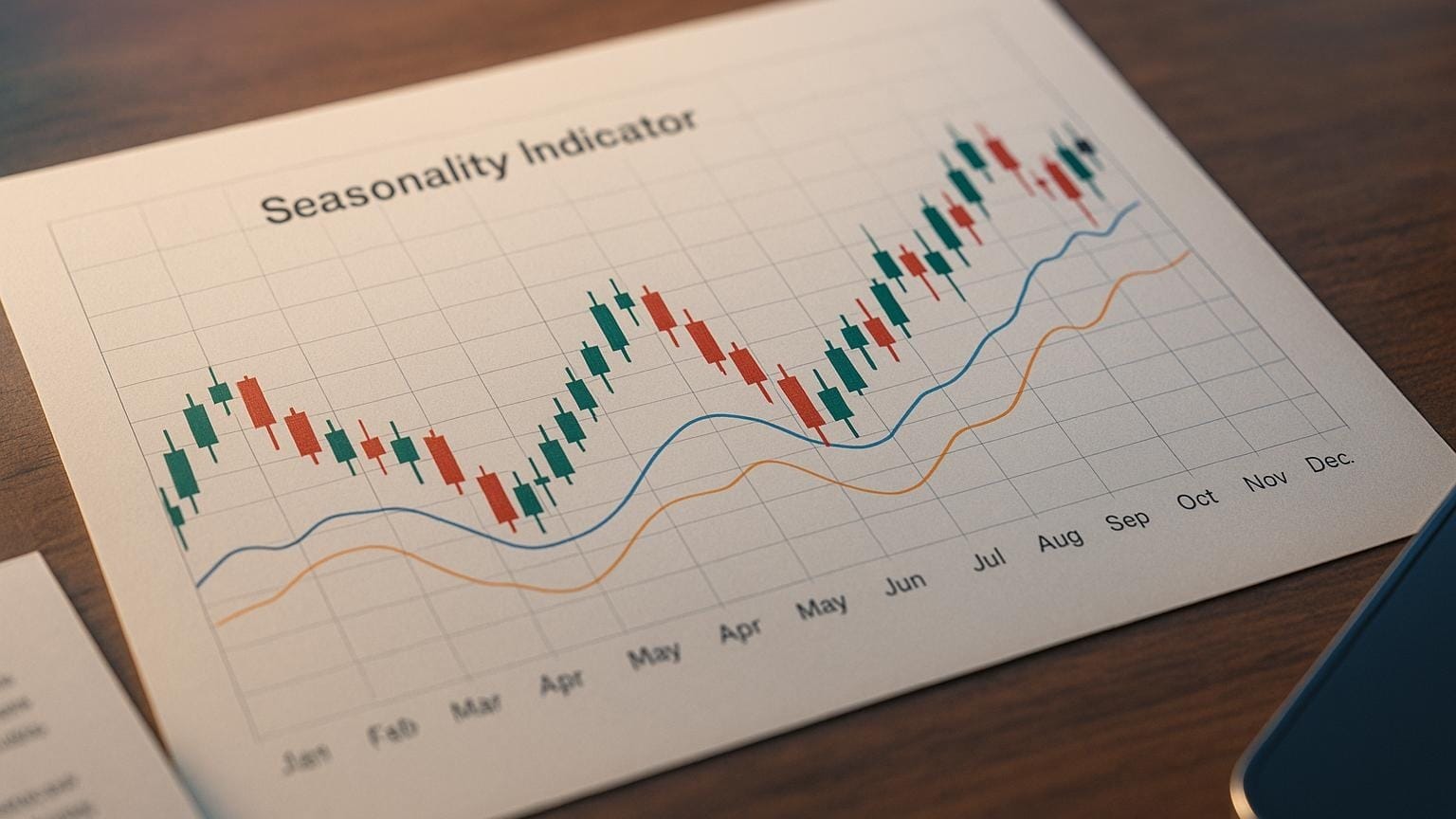Explore the Accumulation/Distribution indicator to understand market trends, buying pressure, and potential reversals for effective trading.
The Accumulation/Distribution (A/D) indicator is a powerful indicator that combines price and volume data to analyze market trends. It helps traders spot buying or selling pressure, confirm trends, and identify potential reversals. Key insights:
- Purpose: Measures market sentiment and supply-demand dynamics using price and volume.
- How It Works: Tracks where the closing price falls within the trading range and calculates a money flow multiplier.
- Main Uses: Confirms trends, highlights divergences (e.g., bullish or bearish), and provides early reversal signals.
- Limitations: Less effective in sideways markets, during price gaps, or with unreliable volume data.
For best results, pair the A/D indicator with other analytics such as RSI, MFI, or moving averages to enhance accuracy. Always consider external factors and market conditions when applying it to your trading strategy.
A/D Line: Math and Reading
Calculation Method
The A/D line calculation relies on three key components to measure money flow. It starts with the Money Flow Multiplier, which is used to find the Money Flow Volume. This value is then added to the previous A/D line value to generate the updated A/D line.
Here’s how the components break down:
| Component | Formula |
|---|---|
| Money Flow Multiplier | ((Close – Low) – (High – Close)) / (High – Low) |
| Money Flow Volume | Money Flow Multiplier × Volume |
| A/D Line | Previous A/D + Current Money Flow Volume |
Signal Interpretation
The A/D line provides insights into market sentiment and trend direction.
- When both the A/D line and price rise together, it reflects strong buying pressure, supporting an uptrend.
- A falling A/D line with declining prices indicates continued selling pressure; sharper declines suggest stronger bearish sentiment.
Divergences between price movement and the A/D line often signal upcoming shifts:
- Bearish Divergence: Prices hit higher highs but the A/D line shows lower highs, pointing to weakening participation.
- Bullish Divergence: Prices hit lower lows but the A/D line forms higher lows, hinting at increasing buying interest.
Sample Calculation
Imagine a trading day with the following details:
- High: $50.00
- Low: $48.00
- Close: $49.50
- Volume: 100,000 shares
-
Money Flow Multiplier:
((49.50 – 48.00) – (50.00 – 49.50)) / (50.00 – 48.00) = 0.50 - Money Flow Volume: 0.50 × 100,000 = 50,000
-
Updated A/D Line (if prior value was 250,000):
250,000 + 50,000 = 300,000
Here, the 0.50 multiplier indicates balanced activity, leaning slightly toward accumulation.
Trend Analysis with A/D
Trend Verification
The A/D indicator helps confirm trends when its line moves in sync with price action. For example, an uptrend is validated when both price and the A/D line show higher highs and higher lows. Similarly, a downtrend is confirmed with lower highs and lower lows. A strong example of this occurred in the #CL oil futures market on a 4-hour chart, where price and the A/D line climbed together, reinforcing the uptrend.
Divergence Analysis
Divergences in the A/D indicator can hint at potential trend changes:
| Divergence Type | Price Action | A/D Line Movement | Signal |
|---|---|---|---|
| Bullish | Lower Lows | Higher Lows | Possible upward reversal |
| Bearish | Higher Highs | Lower Highs | Possible downward reversal |
Advanced Trading Methods
Multi-Indicator Setup
Pairing the A/D indicator with other analytics can improve signal accuracy:
| Indicator Pair | Purpose | How It Confirms the Signal |
|---|---|---|
| A/D + RSI | Momentum check | RSI highlights overbought/oversold levels, reinforcing divergences in the A/D line. |
| A/D + MFI | Volume-price insights | MFI complements volume-based insights from A/D. |
| A/D + Moving Averages | Trend validation | Moving averages confirm direction suggested by the A/D line. |
Market Condition Tactics
- Uptrend: A/D line making higher highs suggests strong buying.
- Downtrend: Lower lows in the A/D line confirm selling pressure.
- Range-Bound: Look for divergences over 1–2 weeks to signal new trends.
Limits and Usage Tips
Known Limitations
- Closes-only focus ignores intra-period moves.
- Unreliable volume data (e.g., forex) can skew readings.
- Less effective in sideways ranges or large gaps.
Error Prevention
| Common Error | Prevention Strategy |
|---|---|
| Relying on one indicator | Combine A/D with price action and other tools |
| Ignoring external factors | Stay updated on news and regulatory events |
| Misreading flat lines | Assess broader context before acting |
Usage Guidelines
- Watch for chart anomalies.
- Understand divergences may not be immediate entries.
- Pair with price action and classic patterns.
- In forex, cross-check with futures volume.
Conclusion
Key Points
- Volume-Price Analysis: Gauges market pressure.
- Trend Confirmation: Verifies direction.
- Early Warning: Flags potential reversals.
- Momentum Assessment: Shows underlying strength.
Implementation Steps
- Platform Setup
Add the A/D indicator. For advanced overlays and divergence detection, consider LuxAlgo’s Premium plan ($39.99/mo). - Configuration
Choose timeframes, enable volume, and set sensitivity. - Integration
Combine A/D with dynamic support & resistance and other indicators for a complete view.








